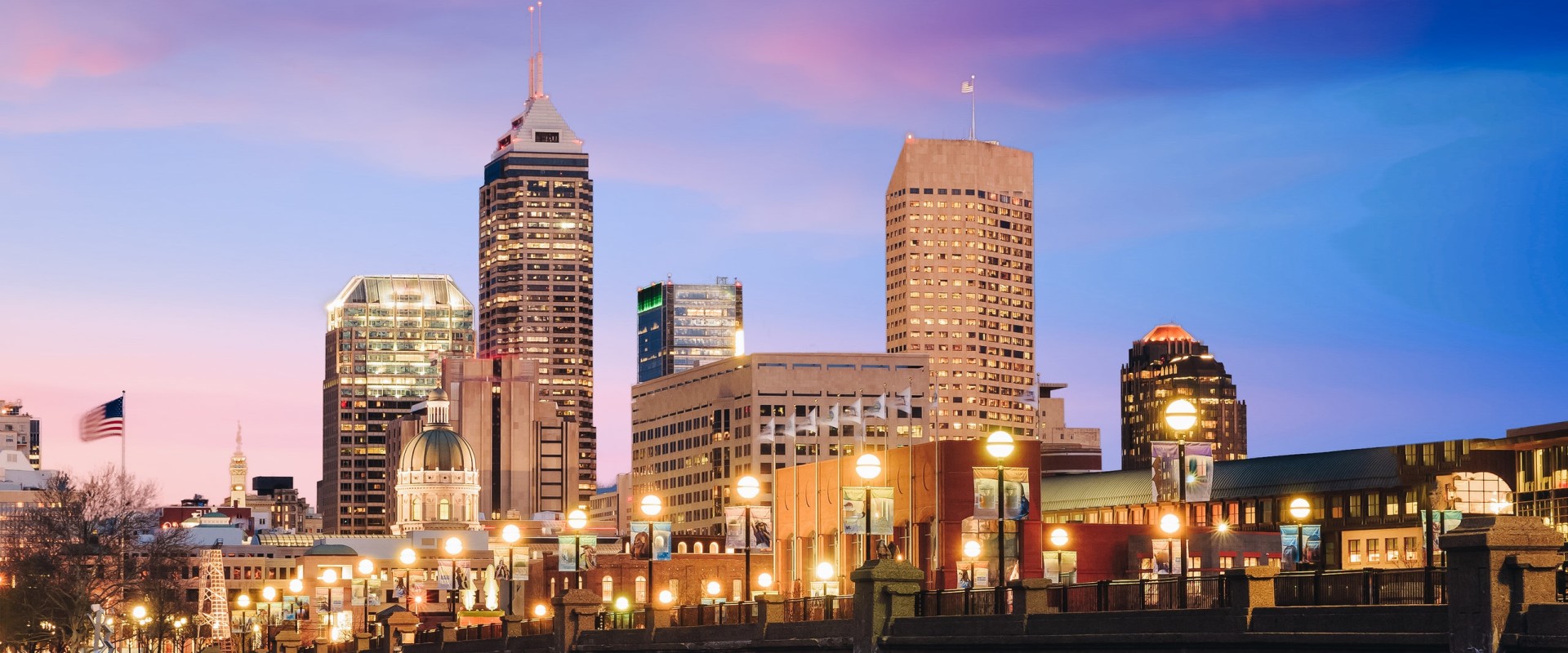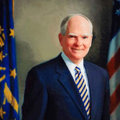Indianapolis is located in the central part of Indiana. It is the capital of Indiana and the twelfth largest city in the United States. Indianapolis is a city and seat of Marion County and capital of the U.S. UU.
The state of Indiana, Indianapolis, is located in the north-central region of the Midwest of the United States, in central Indiana. It is located on the White River, at its confluence with Fall Creek, near the center of the state. The following is the list of the best places to visit in Indianapolis;. Indigenous peoples inhabited the area since 10,000 BC.
In 1818, the Delaware renounced their tribal lands in the Treaty of St. In 1821, Indianapolis was founded as a planned city for the new seat of Indiana's state government. The city was placed by Alexander Ralston and Elias Pym Fordham on a 1 square mile (2.6 km) grid along the White River. The completion of National and Michigan highways and the arrival of the railroad later consolidated the city's position as a manufacturing and transportation hub.
Two of the city's nicknames reflect its historic links to transportation: Crossroads of America and Railroad City. Since the city-county consolidation of 1970, known as Unigov, the local government administration operates under the direction of an elected 25-member city-county council headed by the mayor. The Central Indiana Regional Transportation Authority (CIRTA) is a quasi-government agency that organizes regional auto and truck groups and operates three public workforce connections from Indianapolis to employment centers in Plainfield and Whitestown. Other private and non-profit healthcare networks with a presence in the city include Ascension (St.
Vincent Indianapolis Hospital); Franciscan Health (Franciscan Health Indianapolis); and Community Health Network (Community Hospital East, Community Hospital North and Community Hospital South). Our editors will review what you submitted and determine if they review the article. Indianapolis, city, seat (182) of Marion County and capital of Indiana, USA. The city is built on a flat plain surrounded by low, gently sloping hills.
It is a planned municipality, its distribution resembles that of Washington, D, C. The climate is typical of the central-eastern Midwest, with warm to hot summers and cold winters; rainfall is moderate and fairly evenly distributed throughout the year. Beginning in the 1880s, the meat and metallurgical industry emerged as the main industries. The latter led to the development of automobile manufacturing as a central element of the city's economy.
The population of Indianapolis surpassed 100,000 in 1890 and continued to grow rapidly into the 20th century. The city was also a center of labor organization in the late 19th century, and several influential unions, including the Union of Carpenters and Carpenters, the International Typographic Union and the United Mine Workers of America, located their headquarters there. The Indianapolis circuit opened in 1909 on the suburban circuit as a test track for local car plants. The first 500-mile (800 km) car race, held there in 1911, was won by a locally manufactured Marmon racing car.
Although automobile manufacturing eventually left the city, the Indianapolis 500 (held annually in late May on the weekend before Memorial Day) has become one of the world's leading auto races, drawing huge crowds. Indianapolis is one of the most populous cities in the world that is not found in navigable waters, although it is a hub for road, rail and air transport. These facilities and the city's position in the middle of the Corn Belt, close to large coal fields and consumer markets, have combined to make it a major commercial, financial and industrial center. Pharmaceutical and chemical products, machinery, plastics, wood and paper, transport and electrical equipment (including televisions and audio equipment) are main products.
It is also a regional hub for distribution, retail and healthcare, and tourism has grown in importance. Beginning in the 1970s, Indianapolis worked to become an international center for amateur sports, an effort that produced considerable economic growth. In addition to the NCAA, the city attracted organizations such as the National Institute for Fitness and Sport, a sports physiology research center. Other amateur venues include the Indianapolis Tennis Center (197) and Major Taylor Velodrome (198), a bicycle racing track.
Lucas Oil Stadium (200) is home to the Colts professional football team, and Bankers Life Fieldhouse (1999; formerly Conseco Fieldhouse) hosts the Pacers (men's) and Fever (women's) professional basketball teams. The Indiana State Fairgrounds, with more than 55 permanent buildings, including the Art Deco Pepsi Coliseum (193), is a focus of commercial and social activities. The annual state fair (August) draws big crowds, as does the Indiana Black Expo summer celebration (July) and the Indy JazzFest (June). President Benjamin Harrison (187) and poet James Whitcomb Riley (187) have been preserved as museums.
Other prominent residents of the city include Charles Warren Fairbanks (vice president of Theodore Roosevelt), authors Booth Tarkington and Kurt Vonnegut, Jr. The city of Indianapolis is located right in the center of the state of Indiana. It is located on the eastern side of the United States and shares its southern border with Kentucky, has Illinois to the west, Michigan to the north and Ohio to the east. Indianapolis is a city in the United States of America.
It is the capital of the state and the most populous city in the state of Indiana. . .




